Deck & Commander Strategies
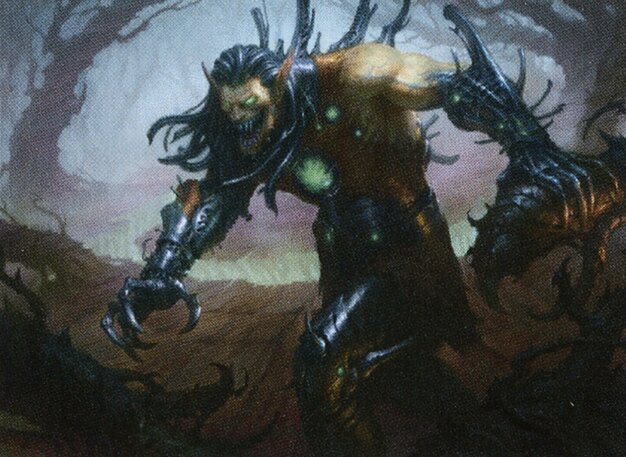
Ezuri, Claw of Progress
Builds a wide board of elves and other creatures, using evolve triggers to grow threats and overwhelm opponents with large creatures.
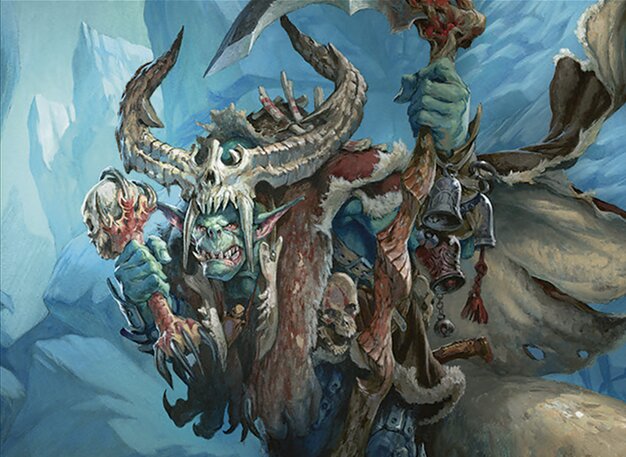
Sek'Kuar, Deathkeeper
Utilizes death triggers, sacrifice outlets, and graveyard recursion to generate value, create tokens, and control the board.

Breya, Etherium Shaper
Leverages artifact synergies and token generation to create a flexible board state with combo potential and resilience.

Vela the Night-Clad
Focuses on evasion and incremental damage through commander triggers and flying creatures to weaken opponents over time.
Gameplay Insights
- 1
Sek'Kuar’s Decree of Pain board wipe followed by massive card draw was a pivotal moment that reset the board and fueled a strong comeback.
- 2
Ezuri’s strategy of putting plus one plus one counters on evolving creatures pressured opponents steadily and demanded attention.
- 3
Breya’s use of artifacts like Soul Ring and token generators helped maintain board presence and resource advantage after board wipes.
- 4
Vela’s commander damage and triggered abilities chipped away at multiple opponents, softening them for follow-up attacks.
- 5
Players made careful combat decisions balancing aggression with survival, often choosing not to block to preserve creatures or avoid unfavorable trades.
- 6
Sacrifice and recursion effects were used effectively to leverage graveyard resources and maintain tempo.
- 7
Counterspells such as Negate were used to protect key plays and disrupt opponents’ plans, highlighting the importance of interaction in multiplayer EDH.
Notable Cards
-
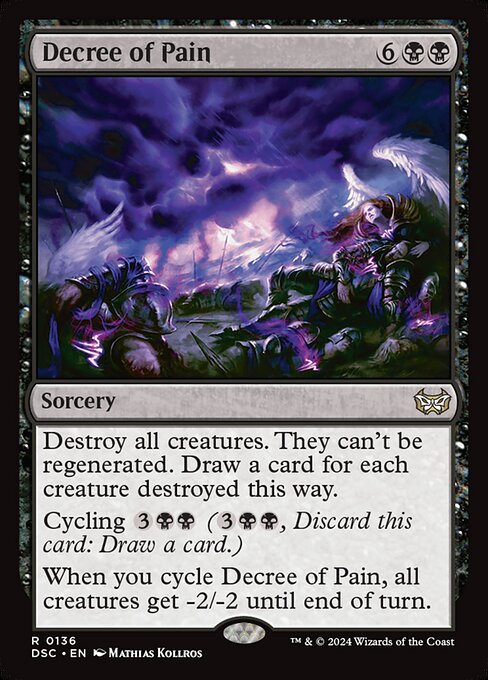
Decree of Pain
-
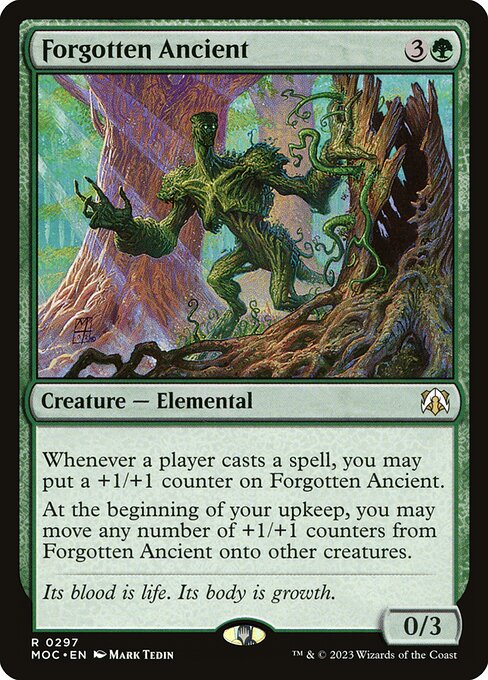
Forgotten Ancient
-
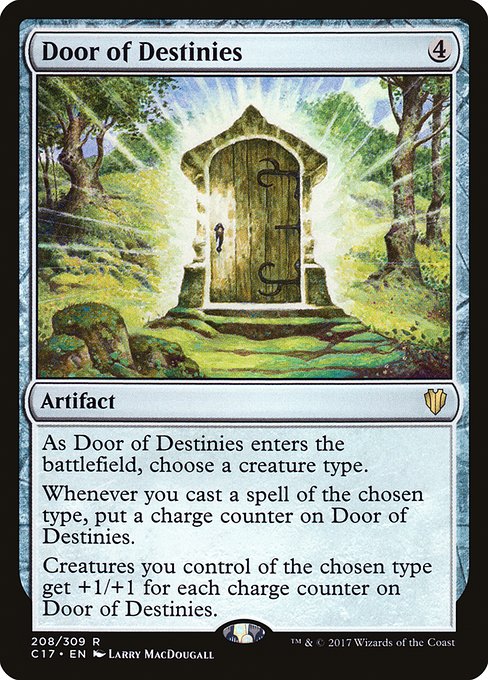
Door of Destinies
-
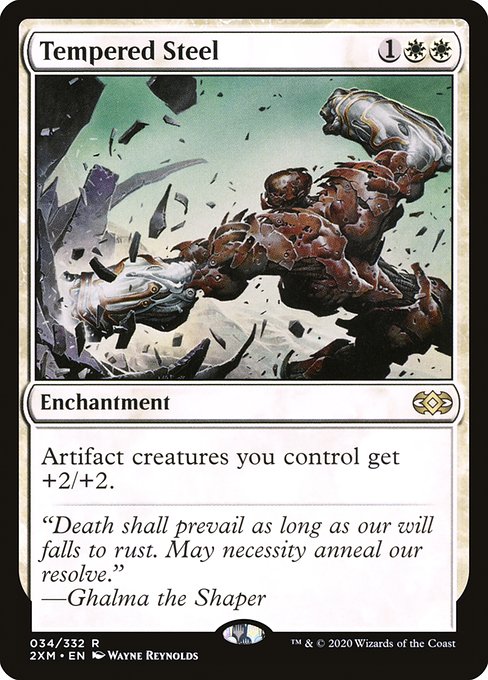
Tempered Steel
-

Thirst for Knowledge
-
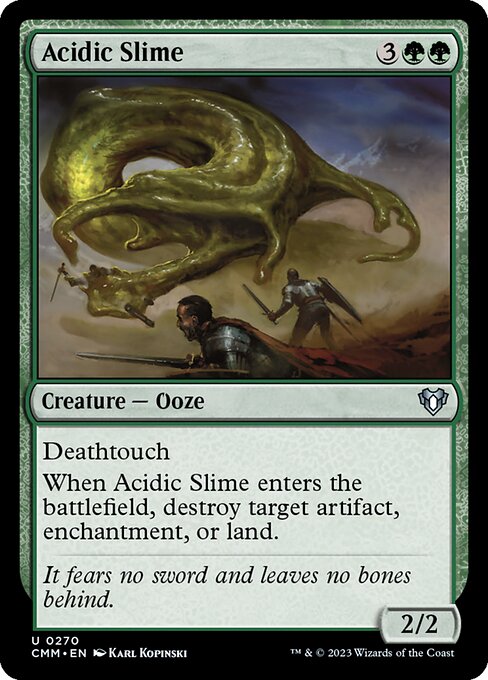
Acidic Slime
-

Tireless Tracker
-
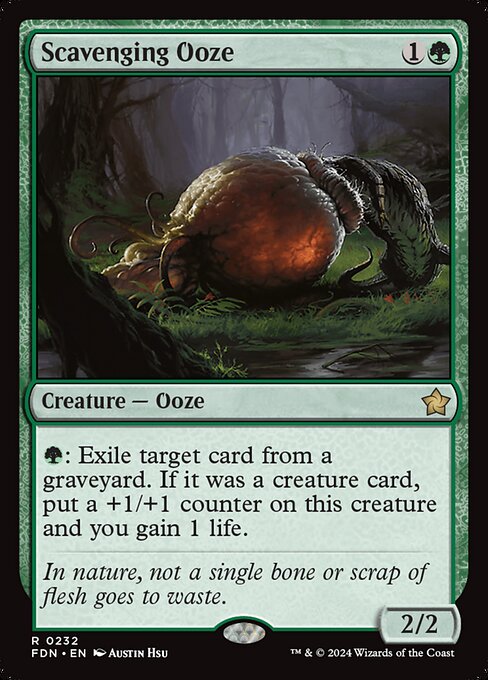
Scavenging Ooze
-
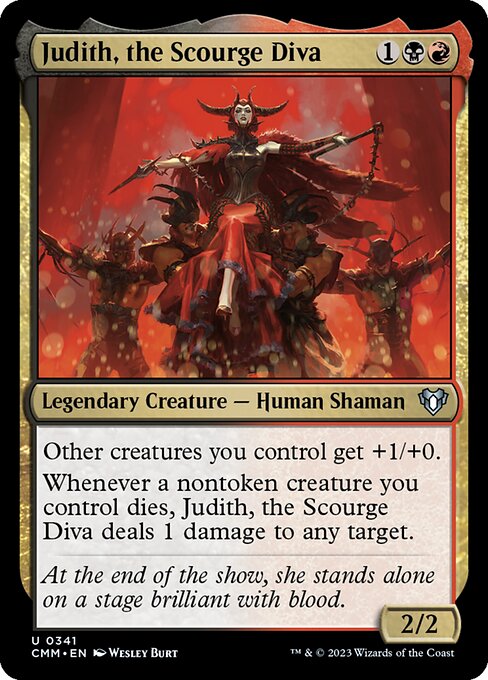
Judith, the Scourge Diva
Gameplay Summary
The game started with each player establishing their board presence by playing lands and early creatures.
The Ezuri player focused on building a board with elves and utilizing evolve triggers to grow their creatures, while Sek'Kuar leveraged death triggers and sacrifice effects to generate value and board control.
Breya played a mix of artifact synergies and token generation, while Vela aimed to pressure opponents with evasive creatures and incremental damage.
Early skirmishes involved targeted removal and incremental damage from combat, with players jockeying for position through card advantage and board development. A key turning point occurred when the Sek'Kuar player cast Decree of Pain, wiping the board and drawing a substantial number of cards thanks to creature graveyard triggers, significantly shifting the game state.
Vela dealt damage to multiple opponents through her commander’s triggered ability, further softening the field.
Subsequent turns saw repeated board development, with players casting powerful creatures like Forgotten Ancient and Nyssa, Voice of Zendikar, and utilizing planeswalkers and other synergies to create pressure.
The game featured tactical combat decisions, with players attacking selectively to maximize damage and preserve key creatures. The gameplay highlighted the importance of synergy and timing, particularly with cards that interact with the graveyard and counters.
Sek'Kuar’s ability to recur creatures and generate tokens after the board wipe kept them relevant, while Ezuri’s evolving creatures threatened to overwhelm opponents through incremental growth.
Breya’s artifact and token strategies provided utility and resilience, and Vela’s ability to chip away at life totals through commander damage and abilities maintained constant pressure.
The match was dynamic, with shifting momentum and impactful spells changing the course of play.






















![Commander VS S3E5: Meren vs Ezuri vs Daxos vs Mizzix [MTG: Multiplayer] thumbnail](https://i.ytimg.com/vi/loGTYPhi5mA/sddefault.jpg)
![Commander Vs Special: Meren vs Mizzix vs Ezuri vs Daxos [MTG: Multiplayer] thumbnail](https://i.ytimg.com/vi/7hdwKwKQk8s/sddefault.jpg)












